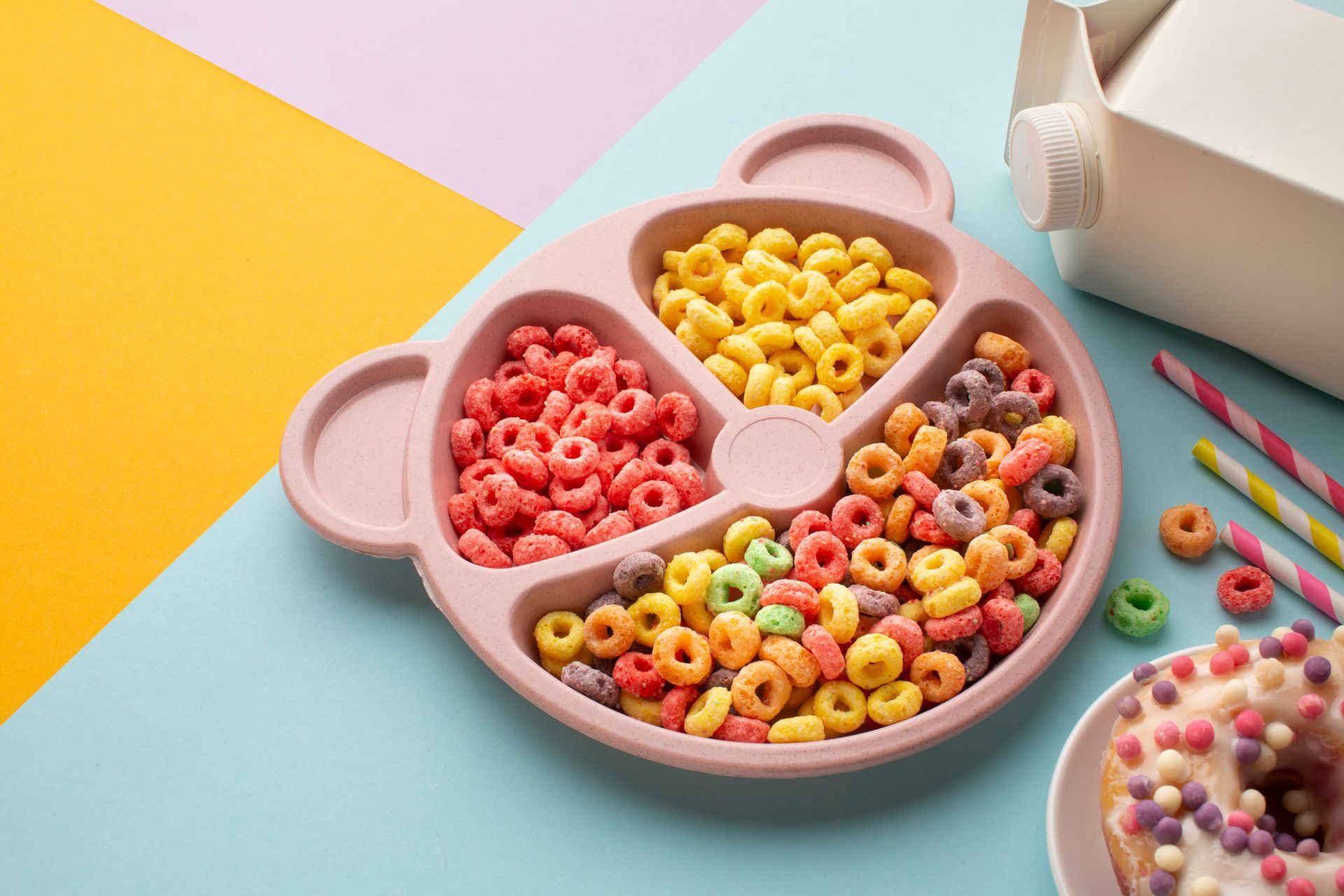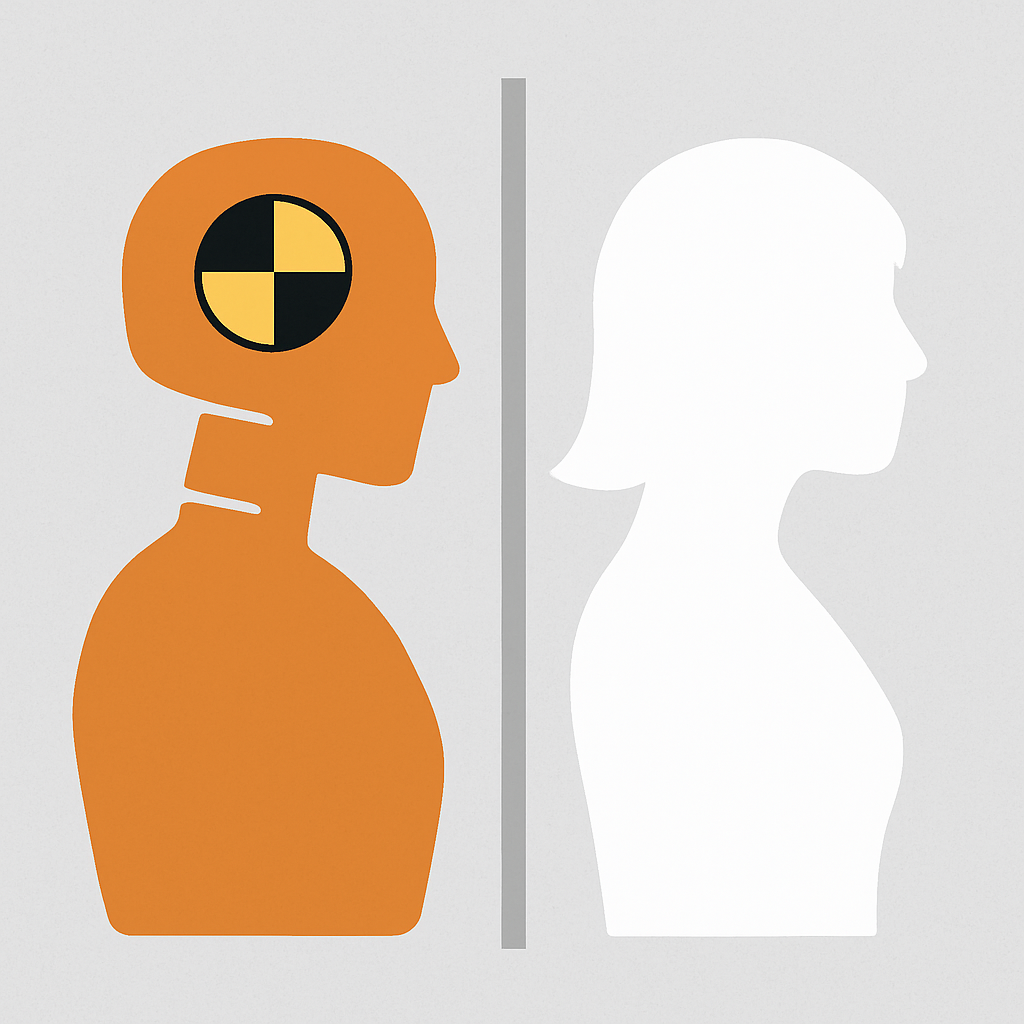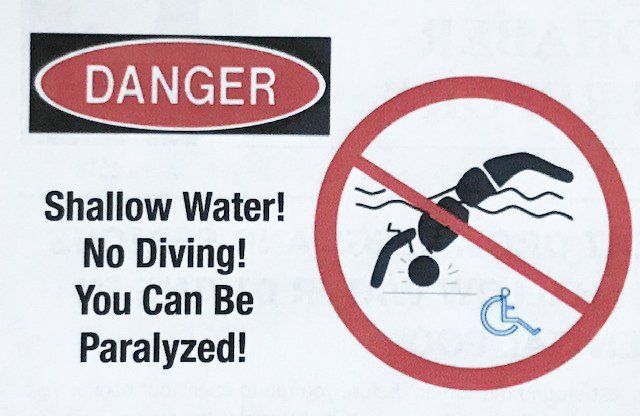WARNING: A SUMMER OF FUN CAN LEAD TO A SUMMER OF DEATH...IF WE AREN’T CAREFUL
While pools and other bodies of water may indeed be a source of summer fun and pleasure, they present a particular risk of danger both to toddlers/young children and teens, especially males. According to the Consumer Product Safety Commission (CPSC), approximately 300 children age 1-4 years old, drown every summer in a private swimming pool. Drowning is the leading cause of death for young children, according to the National Safety Council, and the real tragedy is that most of these deaths are very preventable. How many times have we heard the post-mortem wailings from parents or other supervisors of a child claiming, “I only turned away for a second/minute!” As cliched as it sounds, “It only takes a second!” Here are a few water safety precautions that may prevent your child from drowning in a residential pool or other body of water:
- Never leave your child alone; if you have to leave, take your child with you
- While age-appropriate swim lessons for your child may be beneficial, such lessons do not make your child “drown-proof”
- Lifeguards aren’t babysitters; always keep your eyes on your child
- Never consume alcohol or other substances when watching your child
- Always have a first aid kit and emergency contacts handy
- Get training in CPR
- If a child is missing, always check the water first
Pools and beaches are fun, especially on a hot summer day; all they require is your undivided attention. Child drownings aren’t the only hazard you may face in a pool or other body of water. Diving into shallow water, especially in residential pools, presents a unique set of factors that call for very strong actions and warnings. What do the statistics show?
- There are approximately 1000 spinal cord injuries each year in the U.S. due to shallow water diving
- 90% of all diving injuries cause a spinal cord injury which results in paralysis
- Most injuries occur to males aged 15-25
- Most injuries occur while diving into six feet of water or less
- Three out of four injuries occur in lakes, rivers, oceans and other natural bodies of water
But posting such a sign, even in several locations, may not be enough to prevent diving injuries. Given that most injuries are among the population most likely to ignore such a sign (young men, especially those who are inebriated or otherwise chemically impaired), the role of the pool owner now becomes a vital part of any warning system. In addition to posting a no diving sign along with depth markers along the sides and ends of the pool, they must orally warn all pool users, especially the friends of their children who might be using the pool for the first time, that there is absolutely no diving in the shallow water of their swimming pool. And unless the pool is at least 9’ deep from the sides or ends, there should be no diving at all in the pool. Obviously, the same rules should apply to diving into any body of shallow water including lakes, rivers and oceans.
Drownings and diving injuries may not be a risk at most amusement parks, but serious injuries and deaths from other risks may be just as prevalent. According to the CPSC, approximately 30,000 permanent and mobile amusement park injuries/year result in a visit to an emergency room. The International Association of Amusement Parks places the number of injuries at about 1500/year, but that only includes data from permanent parks that don’t move around the country. The truth is that nobody really knows because there are NO Federal Regulations for amusement parks. It’s mostly up to the states, many of which only require annual inspections and many of those states leave it up to the park itself to self-inspect and report voluntarily if anyone gets injures. In other words, the fox is running the henhouse with regards to amusement park safety, which means it’s up to each of us to monitor the safety of ourselves and our loved ones.
While most amusement parks post a buffet of signage and loud speaker announcements restricting rides to customers of allowed ages, heights, weights and medical conditions, the ultimate enforcement of these safety rules is typically left in the hands of high school and college teens, 16-18 years old, whose main responsibility is to take tickets from riders, not to act as trained safety officers. While conducting a study of amusement park warnings, I interviewed a number of these teens and asked them why they didn’t enforce the park’s posted warnings. The overwhelming response was, “I didn’t want to embarrass the customer.” In other words, the amusement park’s last enforcer of safety had chosen avoiding embarrassment over avoiding the risk of injury or death.
Yes, summer can be a time of great fun and great joy...as long as we make our own safety and that of our loved ones our highest priority.
Please feel free to share this issue of the Goldhaber Warnings Report with any interested friends or colleagues who may wish to subscribe to this newsletter or enroll in any of my NACLE courses on warnings.















